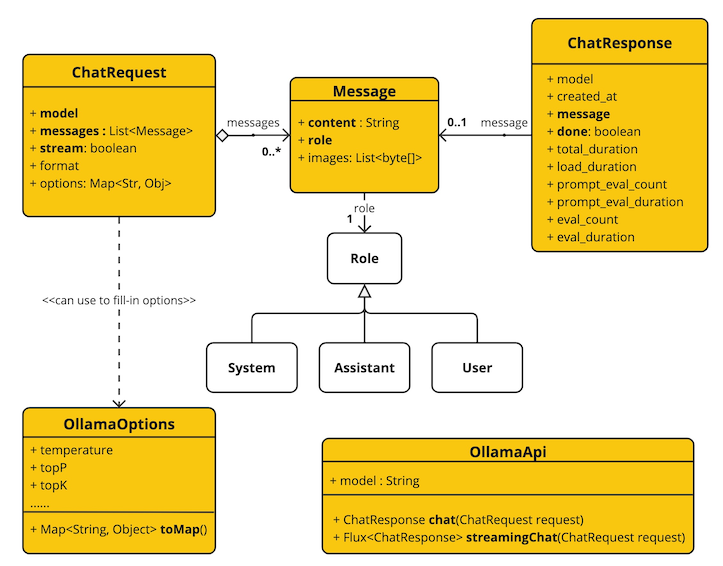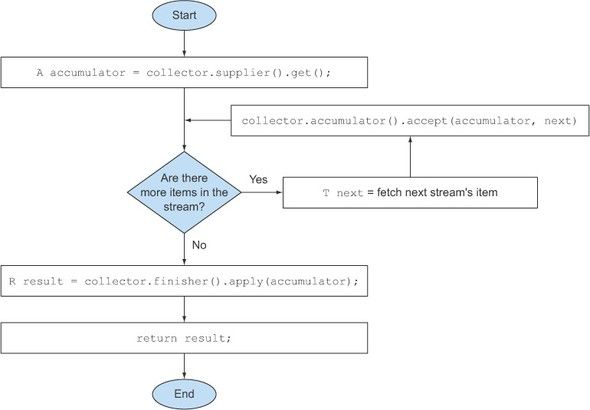springboot运行原理
1、启动器
<dependency>
<groupId>org.springframework.boot</groupId>
<artifactId>spring-boot-starter-web</artifactId>
</dependency> springboot-boot-starter:就是springboot的场景启动器。springboot将所有的功能场景都抽取出来,做成一个个的starter,只需要在项目中引入这些starter即可,所有相关的依赖都会导入进来,根据公司业务需求决定导入什么启动器即可。
2、主程序
package com.mashibing;
import org.springframework.boot.SpringApplication;
import org.springframework.boot.autoconfigure.SpringBootApplication;
//SpringBootApplication注解用来标注一个主程序类,说明是一个springboot应用
@SpringBootApplication
public class StudyApplication {
public static void main(String[] args) {
SpringApplication.run(StudyApplication.class, args);
}
}查看@SpringBootApplication
/*
@ComponentScan:自动扫描并加载符合条件的组件或者bean,将这个bean定义加载到IOC容器中
@SpringBootConfiguration:标注在某个类上,表示这是一个springboot的配置类。
@EnableAutoConfiguration:开启自动配置功能,之前在使用springboot的时候,springboot可以自动帮我们完成配置功能,@EnableAutoConfiguration告诉springboot开启自动配置功能,这样自动配置才能生效
*/
@Target(ElementType.TYPE)
@Retention(RetentionPolicy.RUNTIME)
@Documented
@Inherited
@SpringBootConfiguration
@EnableAutoConfiguration
@ComponentScan(excludeFilters = { @Filter(type = FilterType.CUSTOM, classes = TypeExcludeFilter.class),
@Filter(type = FilterType.CUSTOM, classes = AutoConfigurationExcludeFilter.class) })
public @interface SpringBootApplication {}/*
可以看到SpringBootConfiguration使用了Configuration注解来标注
*/
@Target(ElementType.TYPE)
@Retention(RetentionPolicy.RUNTIME)
@Documented
@Configuration
public @interface SpringBootConfiguration {}/*
可以看到Configuration也是容器中的一个组件
*/
@Target(ElementType.TYPE)
@Retention(RetentionPolicy.RUNTIME)
@Documented
@Component
public @interface Configuration {}/*
@AutoConfigurationPackage:自动配置包
@Import(AutoConfigurationImportSelector.class):导入哪些组件的选择器,它将所有需要导入的组件以全类名的方式返回,这些组件就会被添加到容器中,它会给容器中导入非常多的自动配置类,就是给容器中导入这个场景需要的所有组件,并配置好这些组件
*/
@Target(ElementType.TYPE)
@Retention(RetentionPolicy.RUNTIME)
@Documented
@Inherited
@AutoConfigurationPackage
@Import(AutoConfigurationImportSelector.class)
public @interface EnableAutoConfiguration {}/*
给容器导入一个组件,导入的组件由AutoConfigurationPackages.Registrar.class将主配置类(@SpringBootApplication标注的类)的所在包及包下面所有子包里面的所有组件扫描到spring容器
*/
@Target(ElementType.TYPE)
@Retention(RetentionPolicy.RUNTIME)
@Documented
@Inherited
@Import(AutoConfigurationPackages.Registrar.class)
public @interface AutoConfigurationPackage {}/*
在AutoConfigurationImportSelector类中有如下方法,可以看到
*/
protected List<String> getCandidateConfigurations(AnnotationMetadata metadata, AnnotationAttributes attributes) {
List<String> configurations = SpringFactoriesLoader.loadFactoryNames(getSpringFactoriesLoaderFactoryClass(),
getBeanClassLoader());
Assert.notEmpty(configurations, "No auto configuration classes found in META-INF/spring.factories. If you "
+ "are using a custom packaging, make sure that file is correct.");
return configurations;
}
/*
此时返回的就是启动自动导入配置文件的注解类
*/
protected Class<?> getSpringFactoriesLoaderFactoryClass() {
return EnableAutoConfiguration.class;
}
//进入SpringFactoriesLoader类中
/*
看到会读取对应的配置文件,位置在META-INF/spring.factories中
*/
public final class SpringFactoriesLoader {
/**
* The location to look for factories.
* <p>Can be present in multiple JAR files.
*/
public static final String FACTORIES_RESOURCE_LOCATION = "META-INF/spring.factories";}
//进入loadFactoryNames方法中
public static List<String> loadFactoryNames(Class<?> factoryType, @Nullable ClassLoader classLoader) {
String factoryTypeName = factoryType.getName();
return loadSpringFactories(classLoader).getOrDefault(factoryTypeName, Collections.emptyList());
}
private static Map<String, List<String>> loadSpringFactories(@Nullable ClassLoader classLoader) {
MultiValueMap<String, String> result = cache.get(classLoader);
if (result != null) {
return result;
}
try {
Enumeration<URL> urls = (classLoader != null ?
classLoader.getResources(FACTORIES_RESOURCE_LOCATION) :
ClassLoader.getSystemResources(FACTORIES_RESOURCE_LOCATION));
result = new LinkedMultiValueMap<>();
while (urls.hasMoreElements()) {
URL url = urls.nextElement();
UrlResource resource = new UrlResource(url);
Properties properties = PropertiesLoaderUtils.loadProperties(resource);
for (Map.Entry<?, ?> entry : properties.entrySet()) {
String factoryTypeName = ((String) entry.getKey()).trim();
for (String factoryImplementationName : StringUtils.commaDelimitedListToStringArray((String) entry.getValue())) {
result.add(factoryTypeName, factoryImplementationName.trim());
}
}
}
cache.put(classLoader, result);
return result;
}
catch (IOException ex) {
throw new IllegalArgumentException("Unable to load factories from location [" +
FACTORIES_RESOURCE_LOCATION + "]", ex);
}
}springboot在启动的时候从类路径下的META-INF/spring.factories中获取EnableAutoConfiguration指定的值,将这些值作为自动配置类导入容器,自动配置类就生效,帮我们进行自动配置的工作:spring.factories文件位于springboot-autoconfigure.jar包中。
所以真正实现是从classpath中搜寻所有的META-INF/spring.factories配置文件,并将其中对应org.springframework.boot.autoconfigure.包下的配置项通过反射实例化为对应标注了@Configuration的JavaConfig形式的IOC容器配置类,然后将这些都汇总称为一个实例并加载到IOC容器中。






评论 (0)